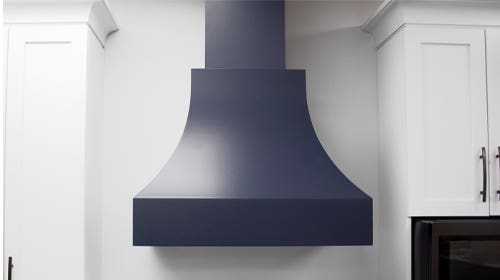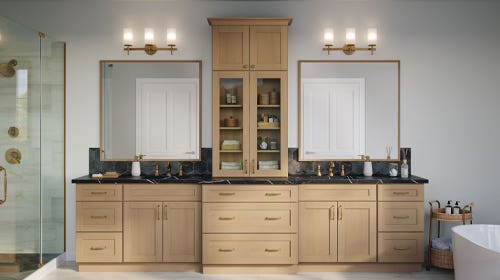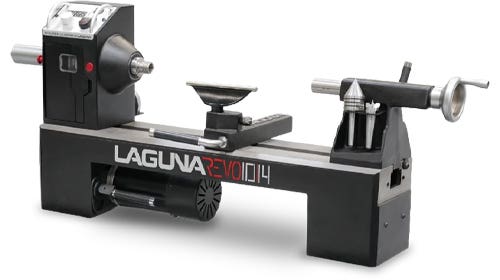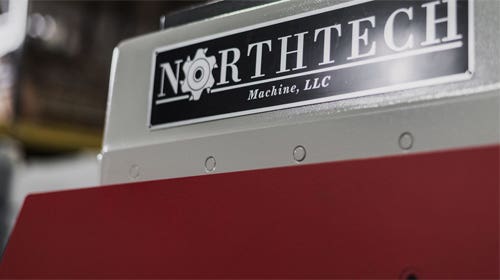Rieple effect at Cody High Style awards
Colorado furniture maker wins three awards at Wyoming exhibition; early Nakashima furniture on display in Philadelphia {loadposition position10} Dan Rieple, owner of Fine Ideas Furniture in Larkspur, Colo., has attended…
Colorado furniture maker wins three awards at Wyoming exhibition; early Nakashima furniture on display in Philadelphia
{loadposition position10}
Dan Rieple, owner of Fine Ideas Furniture in Larkspur, Colo., has attended furniture shows in Cody, Wyo., before as a spectator. But this year that changed when he was invited to display his work Sept. 22-26 in the Cody High Style Exhibition of Western Furniture at the Buffalo Bill Historical Museum.
Rieple showcased a desk built with Gambel oak that he named, "The Least of These," an ironic choice of words considering he rode out of town with the Best in Show Award, The Exhibitor's Choice Award and the Mike Patrick People's Choice Award. Not too shabby for a first-timer.
"The first honor was just to get invited and then, when your colleagues give you the Exhibitor's Choice award, that's really something," says Rieple. "When I won the awards I was just blown away. There were some extraordinary pieces there. The quality is just the best. I was extremely humbled.
"You go to these shows with the hope of winning something to give your business and your name some credibility, and then people tend to purchase a thing from you and that's what we're doing this for mainly."
Gambel oak (Quercus gambelii) is often referred to as scrub oak and ranges in size from a large bush to a tree that rarely reaches 40'. Rieple used veneer from portions of five trees to make his 78" x 44" x 39-1/2" desk.
"It is certainly, certainly not a furniture wood," he says. "It doesn't get big enough, it's not straight, and it's often got a rotted knot. But it is very hearty and it is an oak. I have cut it for firewood before and seen some beautiful color inside."
Rieple hit the jackpot when he found a "monster" scrub oak that provided two 8' sections that were 14" in diameter at the butt.
"I tell people it is just scrub oak and I think I just got a nugget from heaven, to be quite honest.
"Where you see it bend on the top, that was the crook in the tree. So when I had the sawyer cut it up into lumber, I just cut it so that each piece had that bend in it. If you cut it the other way, you would never get anything out of it. Then I made 1/4" veneers and sanded them to 1/8". There are six 1/8" leaves across the top."
The desk's hand-dovetailed drawers are faced with spalted scrub oak and contrasting beech. A huge curve of oyster veneer runs from the floor along the entire top of the piece.
"The [oyster veneers] are just cross-section wafers of a tree. I made up a skin on a flat surface using a router. I had already built a mold and laid up a core with bender board and Gator-Ply ... and I had another backer skin of 1/8" scrub oak on the under side."
The inspiration for the curve came from an unlikely source - "the curve around the back end of the Austin Healey when you are looking at it from the side," he reveals.
"I titled the piece, 'The Least of These,' because scrub oak is absolutely the least of the oaks. I like that story because even with people, sometimes the person who is the bottom of the barrel ends up rising to the top. I love that kind of story."
Early George
The exhibition, "Early Furniture by George Nakashima, 1936-1956: The Architect Designs" is ongoing through Dec. 24 at Moderne Gallery in Philadelphia. The exhibition is the first to focus exclusively on George Nakashima's early years and works that were the basis for his artistic development. More than 60 pieces are on display reflecting Nakashima's years working in Japan, India and New Hope, Pa.
The work provides an insightful understanding of the innovative furniture designs that led to Nakashima's initial success and to his international recognition in the worlds of art and design in later years.
"In the early work, his design and especially architectural skills are more prevalent in the pieces," says Robert Aibel, owner and director of Moderne Gallery. "We see the straight edges and less of the free-form design. He was very, very involved with the wood itself and still exposes his reverence for wood and craftsmanship, but the architectural side of him predominates."
Nearly all of Nakashima's early furniture was custom. Pieces were made for particular clients and reflected the building or apartment they went into. Although in later years his work took on a life of its own and people either incorporated it into their interior or not, the early pieces were designed based on the actual installation.
Throughout his early years, Nakashima was as unique as his custom furniture.
"Before him, there really was nobody looking at the combination - which is what he evolved into - of the Japanese vernacular, American vernacular and modern design," Aibel says. "So he was synthesizing the three of them and this is something he was working toward in his early years and no one else was really looking at how to modernize American vernacular design."
The exhibition includes an assortment of chairs, tables, cabinets, desks, dressing tables, consoles and some of Nakashima's architectural drawings.
Contacts
Cody High Style, Buffalo Bill Historical Museum, 720 Sheridan Ave., Cody, WY 82414. Tel: 307-587-4771. www.bbhc.org/codyhighstyle
Moderne Gallery, 111 N. Third St., Philadelphia, PA 19106. Tel: 215-923-8536. www.modernegallery.com
This article originally appeared in the December 2009 issue.







